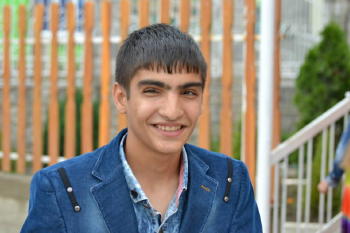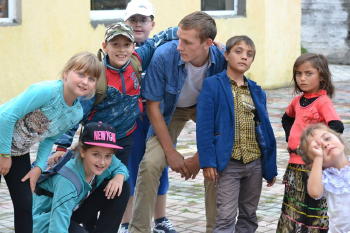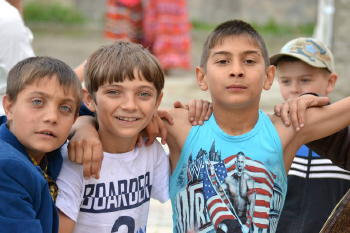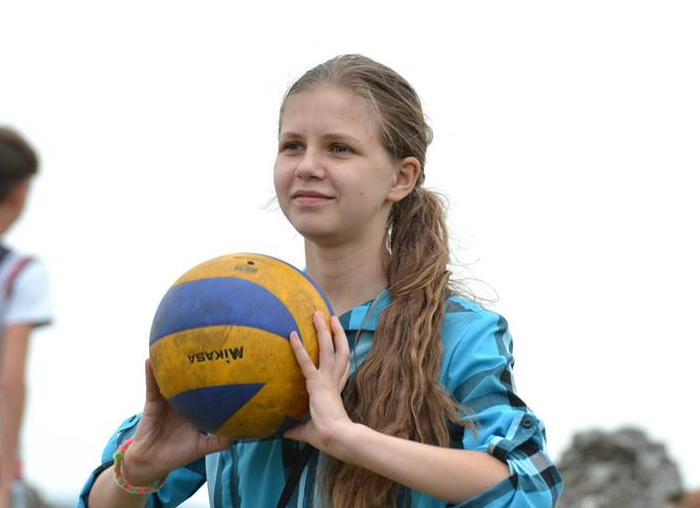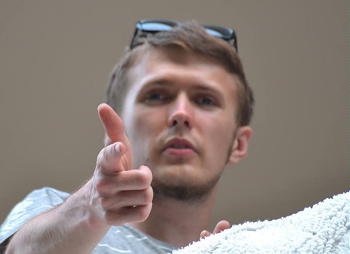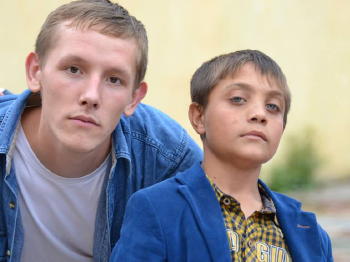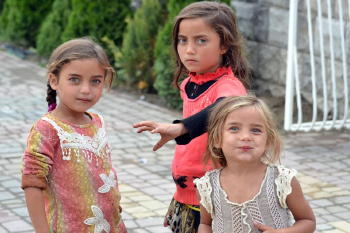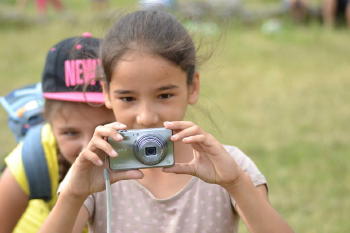Highlights of LifeNets-sponsored camp in Vinogradov, Ukraine
Part 1
July 6- 17, 2015
For the seventh time in dight years LifeNets sponsored a two week program - this year from July 7 to July 28 to July 17, 2015 to teach English and provide support for a day camp at the Light of Love Mission in Ukraine. LifeNets has been supporting the work of Vasyl and Irina Polichko since 2001.
Six US volunteers, Greg Rorem (group leader), Michala Lockwood, Cody Martin, Stephanie Zajac, Colin Kubik, Mark Philip Pebworth as well as Artur Aleksandrov from Estonia travelled on this very fulfilling mission. We would like to share reports and photos from all the participants As before, it was once again a remarkably successful project that benefited the children and those going from the United States. We will be adding photos and stories, so please come back here often
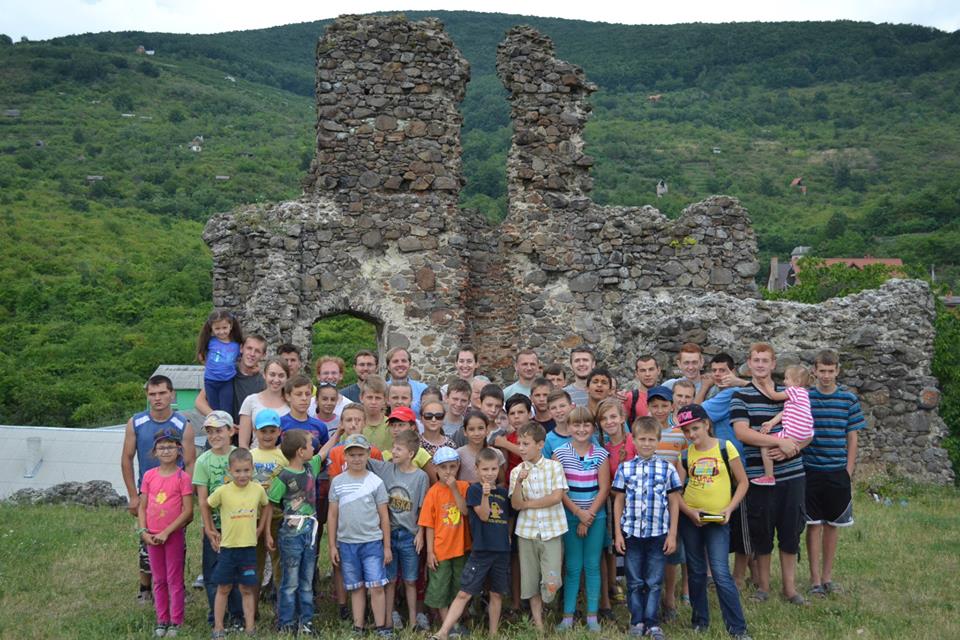
Part of an ancient Franciscan Monastery leveled by by the Mongols in about 1242 on their way to leveling Budapest, Hungary. The Mongols were not into Historical Preservation. They had just finished destroying Kiev and killing ALL inhabitants. Ukraine is an unbelievable old area who's history goes back beyond the time of Alexander the Great and the Scythian tribes
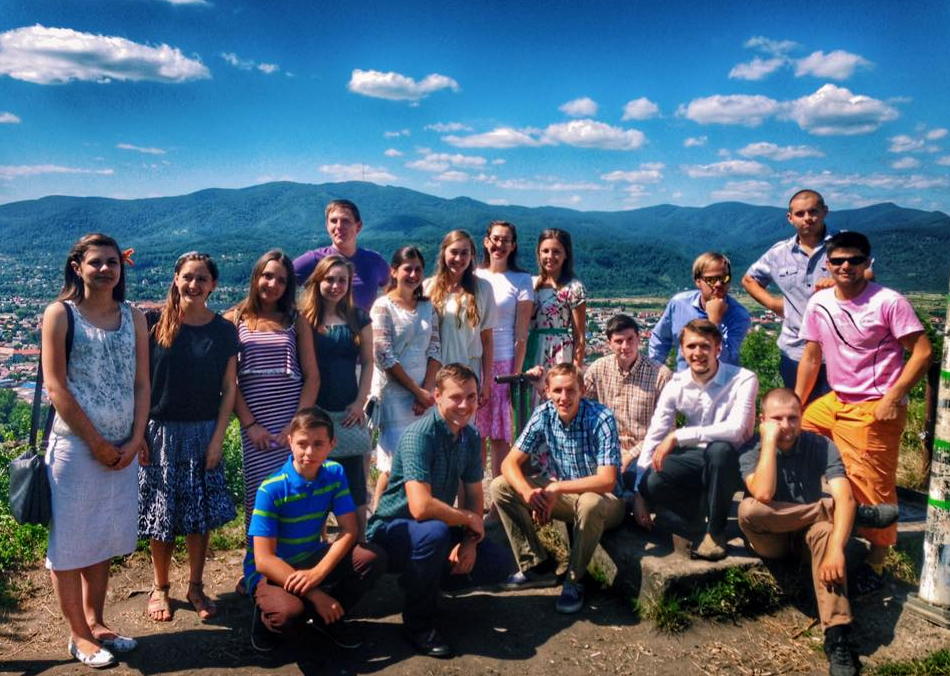
Camp in Zacharpatia, Ukraine. 2015 On the weekend our staff spent time with other Ukrainian youths from the town of Khust. It is great the communication that takes place with a little English, Ukrainian and Russian mixed together. Friendship is a universal language. The Ukrainians are from a tribe or clan called the Ruthenians. Their language is a mix of Ukrainian, Polish, Czech, Hungarian, Russian and little Romanian. The Zakarpatia is cut off from the Ukraine by the Carpathian mountains. It was part of the Kievian-Rus. It has been a piece of land that has been fought over other last 1000 years with border changing depending on who won the last war. The are of Khust is a strategic pass between Europe and Ukraine. The Carpathian mountains are in the background
|
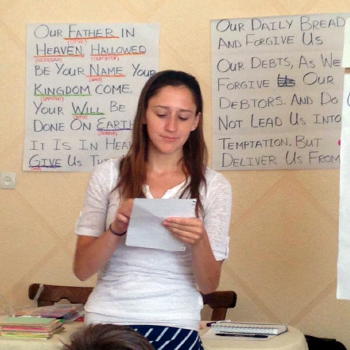


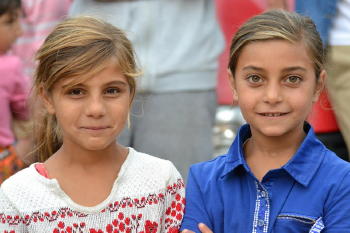
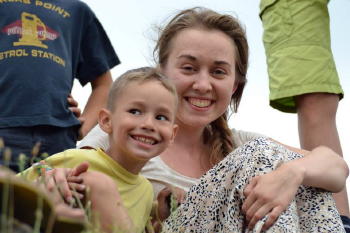
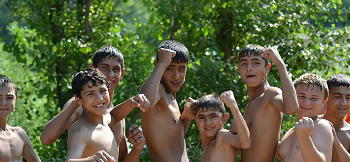
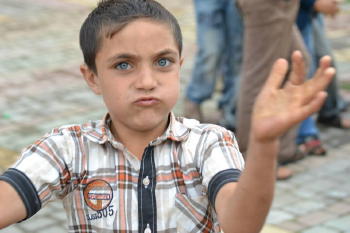
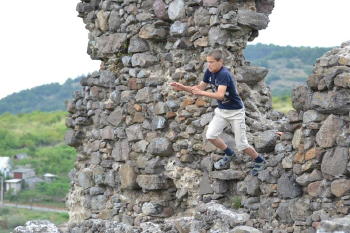
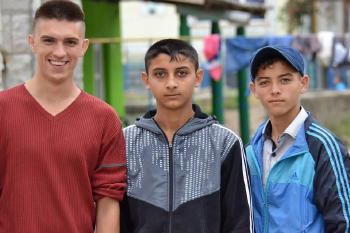
.jpg)
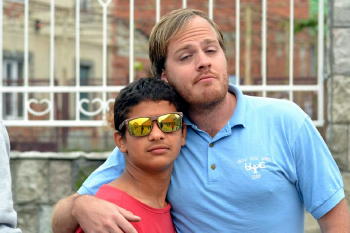
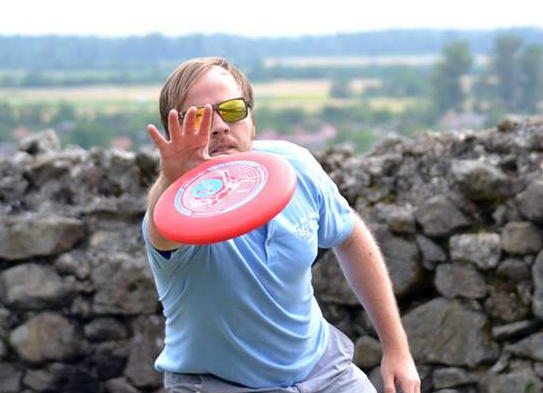
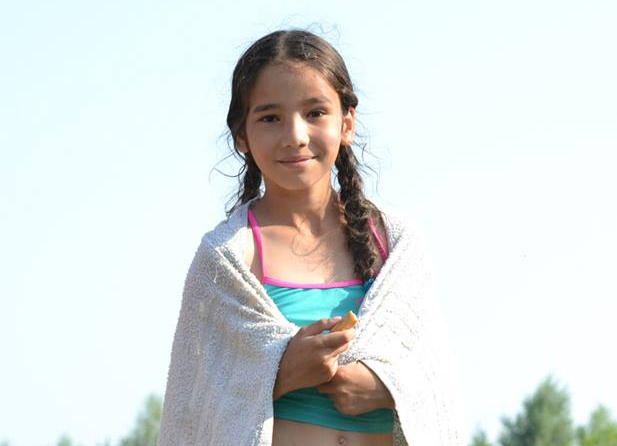
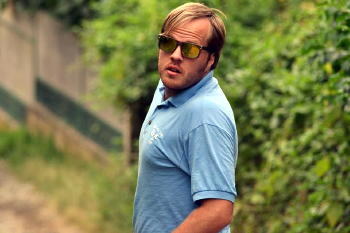
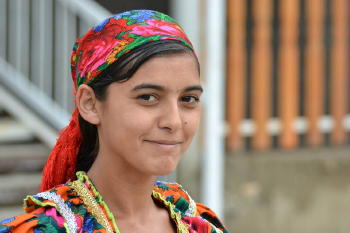
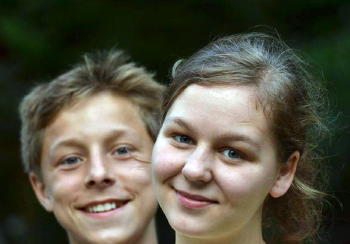 Meet Diana (on the right) former camper at Ukrainian Camp. Graduated due to age) Currently she is the cook for the entire camp! Hard worker with a gentle smile. Typical Ukrainian round face with a pleasant smile. It is a warm climate in the Zacharpatia region with the vegetables ripening as camp starts. The campers and staff eat well! Diana is the best!!!
Meet Diana (on the right) former camper at Ukrainian Camp. Graduated due to age) Currently she is the cook for the entire camp! Hard worker with a gentle smile. Typical Ukrainian round face with a pleasant smile. It is a warm climate in the Zacharpatia region with the vegetables ripening as camp starts. The campers and staff eat well! Diana is the best!!!